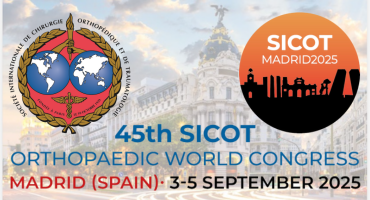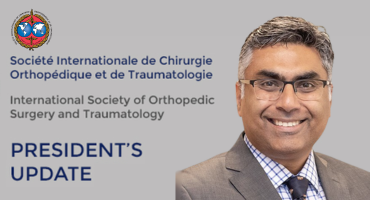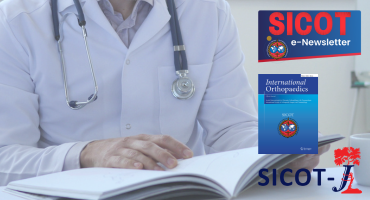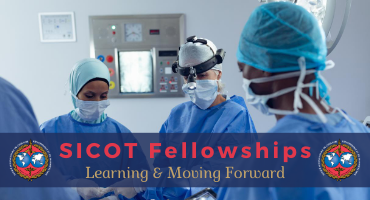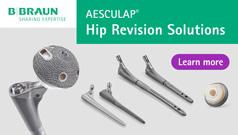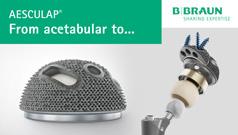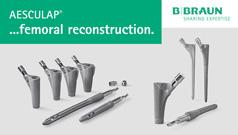Clinical outcomes after medial patellofemoral complex reconstruction using allografts in children and adolescents: a preliminary report
Int Orthop. 2025 May 23. doi: 10.1007/s00264-025-06561-w. Online ahead of print.
ABSTRACT
PURPOSE: This study aimed to evaluate the early outcomes and safety of allograft medial patellofemoral complex reconstruction (MPFC-R) in children and adolescents with patellofemoral instability (PFI).
METHODS: A retrospective analysis of prospectively collected data was conducted, including patients aged ≤ 18 years who underwent MPFC-R with allograft from January 2018 to December 2021. Preoperative assessment included evaluating patellar tracking and radiographic features, such as trochlear dysplasia, patellar height, and tibial tubercle-trochlear groove distance. Data on patient demographics, PFI type, complications, and patient-reported outcomes (Pedi-IKDC, Kujala Anterior Knee Pain Scale, Lysholm Knee Scoring Scale) were collected. Failure was defined by postoperative patellar dislocation or surgical revision for recurrent patellar instability.
RESULTS: A total of 24 allograft MPFC-R (21 patients) were analyzed with a mean follow-up of 28.8 months (range, 12-60 months). The mean age at surgery was 13.4 years (range, 3-18 years), and 71% were female. The mean Pedi-IKDC, Kujala, and Lysholm scores were 91.2 (± 7.2), 92.8 (± 7.5), and 94.3 (± 6.3) points, respectively. Two patients (8.3%) experienced a single episode of patellofemoral instability without needing surgical revision. No other complications were reported.
CONCLUSION: Allograft MPFC reconstruction appears to be a safe and effective surgical option for managing recurrent patellar instability in children and adolescents at a mean follow-up of two years. Further research is needed to confirm its long-term efficacy and safety.
LEVEL OF EVIDENCE: IV (Case series).
PMID:40407901 | DOI:10.1007/s00264-025-06561-w






